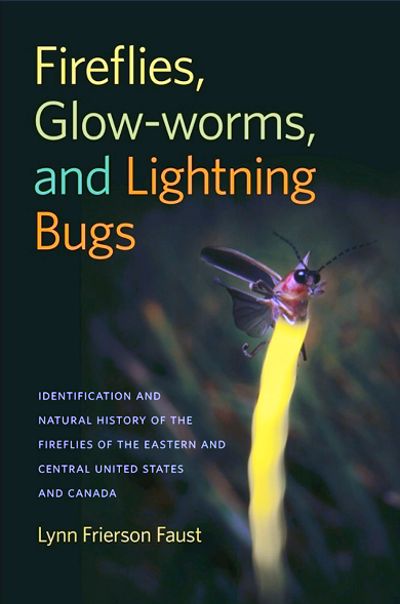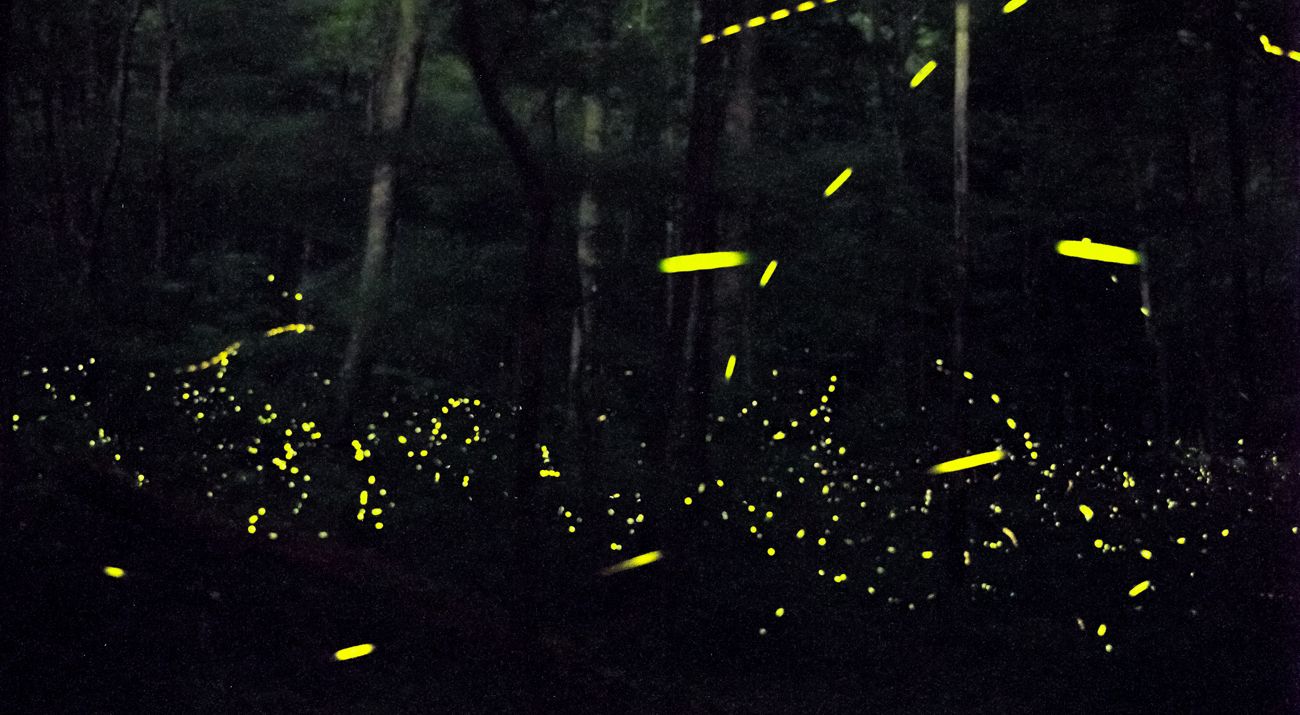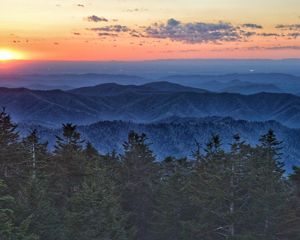Known to most as fireflies or lightning bugs, or to some outside of North America, “glow worms,” or “blinkies,” 2,000 species of these prolific flying beetles inhabit every continent except for Antarctica—each with a unique flash, timetable and preferred conditions. To learn more about these treasured signs of summer, we turned to Tennessee’s own citizen-scientist-turned-firefly-expert, Lynn Faust.
Where did your love of fireflies begin?

When did you realize that the “Light Show” was something special?
In 1991, I read an article in Science News that reported there were no synchronous fireflies in the western hemisphere. However, I was certain that we had been watching synchronous displays at Elkmont for years! I contacted the scientists named in the article, who visited our little corner of the Great Smoky Mountains the following summer and confirmed the existence of Photinus carolinus, now North America’s best-known synchronous firefly species.
How would you describe the pattern of the synchronous fireflies found in the Smokies?
We call it a flash-train, where males in flight flash six times in rapid succession, followed by six seconds of darkness. Then all of the males repeat their flash trains, over and over and all together, for up to three hours. Females located on the ground respond with a dim single or double flash to the male who catches her fancy, even though many males might see the reply and visit to begin courtship. Only one lucky male ultimately wins.
Did your role in discovering synchronous fireflies jump-start your research?
Yes. I worked with those scientists for the next 18 years, and became aware of so many species during that time. We know so little about fireflies. Since they do not endanger health or jeopardize agriculture, there is little research money for studying them. I set out to identify species and learn about where and when they appear each year. I wondered, “Why are they abundant in some places and not in others?” “What do they require to survive?” I wanted to know about mating and courtship, eggs, larval stages, lifespans and ideal habitats. I found creative ways to access difficult-to-find scientific papers to gain knowledge. Until my book, few resources existed for an average firefly geek like me.
Where has this curiosity led you?
I seek out fireflies anywhere I visit—Taiwan, Thailand, Cambodia, Malaysia, Portugal, Honduras, Mexico and throughout the United States, from Florida to Canada and from California up to Montana and everywhere in between.
How did you cross paths with The Nature Conservancy?
Beyond the Smokies, TNC preserves are the first places I seek out when conducting field research, no matter which state. I have also led TNC trustees on firefly walks at Elkmont. My husband, Edgar Faust, has also been involved with TNC for 25 years, including as a member of TNC’s board of trustees in Tennessee.
How many species of fireflies do we have in TN?
Tennessee has more than 26 species, and counting. We are lucky. Tennessee is a long state boasting unique habitats that include Mississippi River bottomlands and swamps, the Highland Rim, vast green valleys and the Appalachian Mountains. That means an abundance and variety of fireflies.

What can homeowners do to conserve fireflies?
When possible, turn off outside lights to limit light pollution. Mow less often and dedicate a portion of your outdoor space to letting native flowers and plants grow wild. Refrain from using pesticides and herbicides that seep into the ground where fireflies live for most of their life.
Why do fireflies continue to capture your interest after all these years?
I remember as a kid, and later seeing in my own children and grandchildren, a natural fascination with chasing and collecting fireflies, filling up a jar of blinking lights and releasing them into the wild. Enjoying the mystery of fireflies brings out the child in all of us. May we never outgrow that wonder.

Read Lynn Faust's Book
A self-taught firefly expert, Lynn Faust has become a global authority and respected author on the topic of bioluminescent bugs.
Support Tennessee Nature
Help us work with landowners and ensure a future in which people and nature can thrive.




